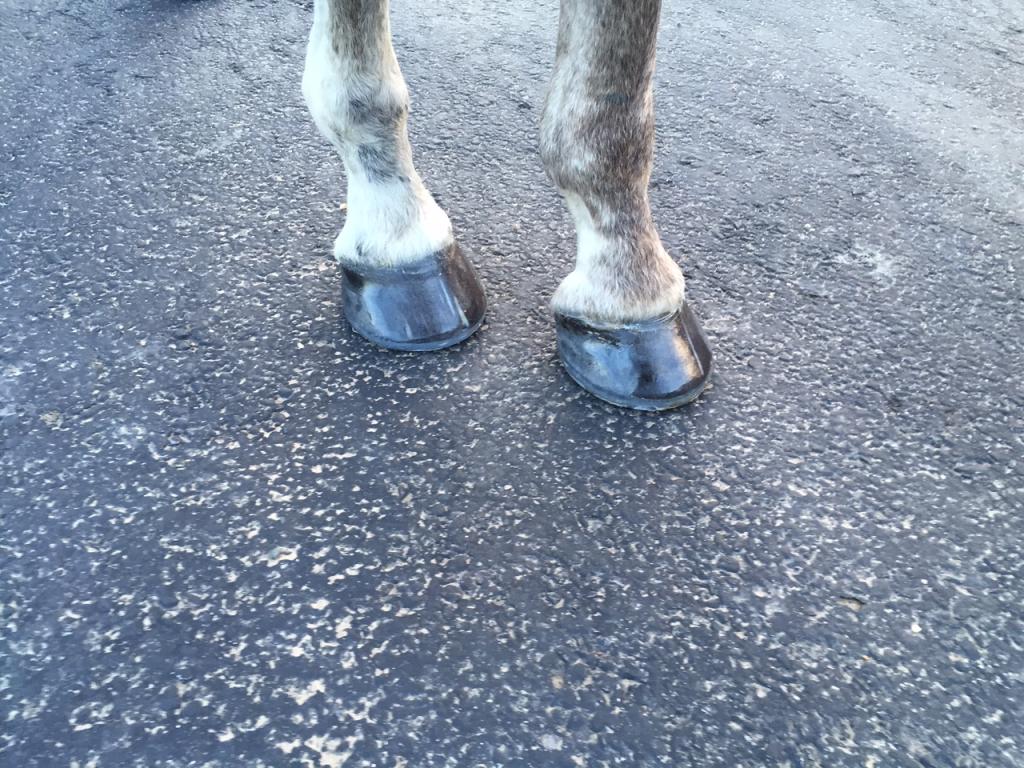What Shoes are Not Allowed in Races?
Spiked shoes with longer than 1/4-inch spikes are not allowed in races. These shoes could damage the track and cause injury to other runners.
Races have strict regulations on the type of shoes allowed to maintain fairness and safety for all participants. The most common banned shoes include those with longer than 1/4-inch spikes, as they can cause damage to the running track and pose a risk of injury to other runners.
Additionally, shoes with springs, wheels, or any artificial aid that enhances performance are also prohibited. Race organizers enforce these rules to ensure fair competition and protect the integrity of the sport. Therefore, it’s essential for runners to familiarize themselves with the specific guidelines for footwear to avoid disqualification and uphold the spirit of sportsmanship in racing events.

Credit: blog.easycareinc.com

Credit: www.nationthailand.com
Frequently Asked Questions On What Shoes Are Not Allowed In Races?
What Is An Illegal Running Shoe?
Illegal running shoes are counterfeit or replicas of popular brands, infringing on trademarks and intellectual property rights.
What Are The Marathon Shoe Restrictions?
Marathon shoe restrictions may include specific shoe models, stack height limits, and banned technologies to ensure fair competition.
What Running Shoes Are Banned In Triathlons?
Some running shoes are banned in triathlons due to their technologically advanced features. The International Triathlon Union (ITU) and other governing bodies have specific regulations regarding shoe specifications to ensure fair competition and athlete safety. Athletes should check the guidelines provided by the race organizers to determine if their shoes are allowed.
Conclusion
To sum it up, it’s crucial for runners to know which shoes are allowed in races. Ensuring footwear compliance guarantees fair competition and prevents any unfair advantage. Always refer to the race guidelines and consult with experts or experienced runners for recommendations on suitable footwear.
Remember, your shoes can make or break your performance, so choose wisely and keep pushing towards your running goals. Happy racing!





